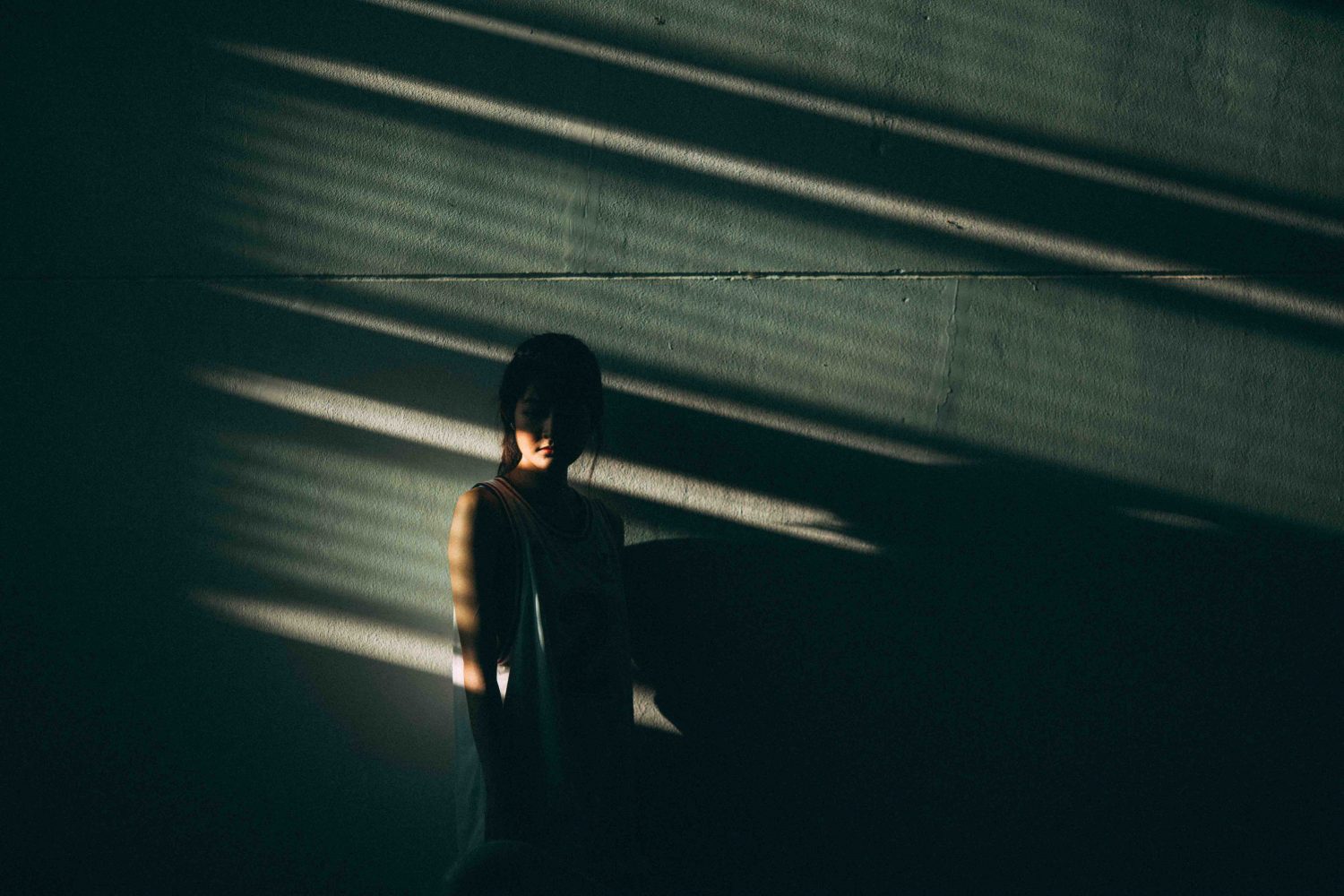Last night I finished reading The Name of the Wind by Patrick Rothfuss. For those of you who read fantasy, it’s a book you have read, often heard about, seen topping lists for the best fantasy novels to read. But when I finished reading it, I was perplexed by how this book had made it to the top of those lists. It’s a really intriguing plot, don’t get me wrong, but the female protagonist, best referred to as the ‘love interest’ is infuriating.
In a book filled with novel ideas, the love interest which takes up (and takes away from) a lot of the book, is the oldest trope in the world – beautiful, lonely, mysterious woman, who has men on her arm all the time, but what she really craves is someone who will see her for who she truly is. Unless she is secretly a dragon, I have no interest in finding out who she truly is. Really, for a book that has magic, demons and unknown evil forces at play, I really don’t want the book to focus on the one female character’s bare shoulders and eyes that reflect sadness. If you are writing fantasy fiction, where you create a whole new magical world, you could at least create female characters which are mildly imaginative.
But this isn’t about The Name of the Wind, this is about acclaimed male authors in general, and the female characters they write. These authors write books that win awards, top bestselling lists and get shortlisted for ‘best books of the year’ lists. They concoct compelling plots the female characters are almost always the same, and always unreal. Almost all of male authors pretend like they invented this ‘beautiful, sad, mysterious woman’ trope. The love stories seem irrelevant to the plot, and the love story in itself is always so bland, written only to drive home the fact that the hero gets the girl.
In Jeffrey Eugenides’ The Marriage Plot, the book begins with the 22-year-old Madeleine’s graduation day, where she – after a heavy night of drinking – goes to meet her parents for breakfast without brushing her teeth, and just rubs some mascara crumbs from her eyes, but well, her face has “Katherine Hepburn-ish cheekbones and jawline-almost mathematical in their precision” so she manages. Even a 22-year-old cannot pull that off. Just for the record, Eugenides is a Pulitzer Prize winning author (for Middlesex).
The problem with this is the same that content creators across the board are only now realising – representation matters. Not all characters are young, pretty, white, straight and perfect. Books, and the content industry in general, needs to stop representing only one kind of character. Yes, characters need to be aspirational, but they need to be strong, not simpering. They shouldn’t be eating fries at 10 pm, and yet have abs and zero acne – which let’s be real, is impossible. And exasperating.
Yes, not all female authors write real characters, but you definitely see more diversity in their books than you do in books written by male authors. But chances of reading about a waif-like 30-year-old, whose dress outlines her perky breasts and curvy hips, as her skin glows like the morning light and her gorgeous curls frame her dainty face, after her 12-hour shift at the hospital, are much more likely to be found in a book written by a man. Because let’s face it – anybody who has curly hair, will not be writing about curls being gorgeous after 12 hours of a shift.
Jayanti Jha, 23, is a former TV producer, who is currently trying to navigate life in the capital with her cat, all the while reminiscing about Bandra. She tweets @JayantiJha7.

